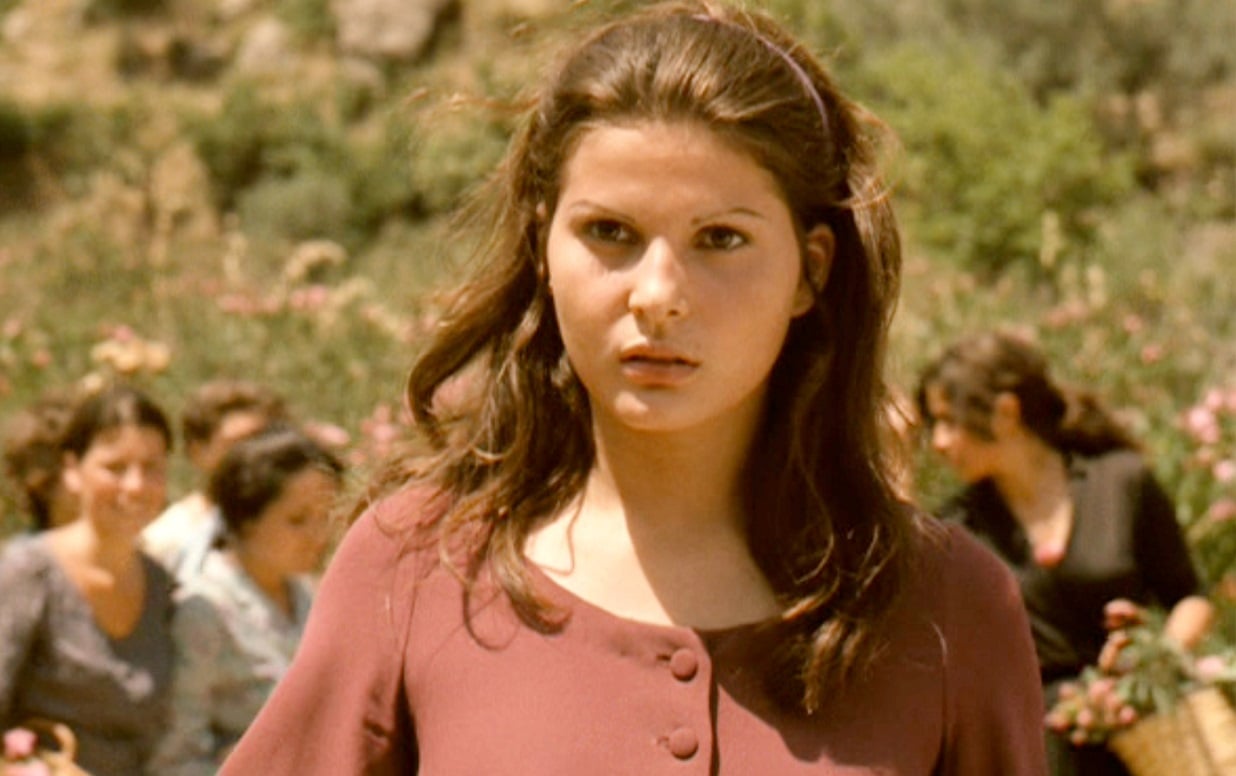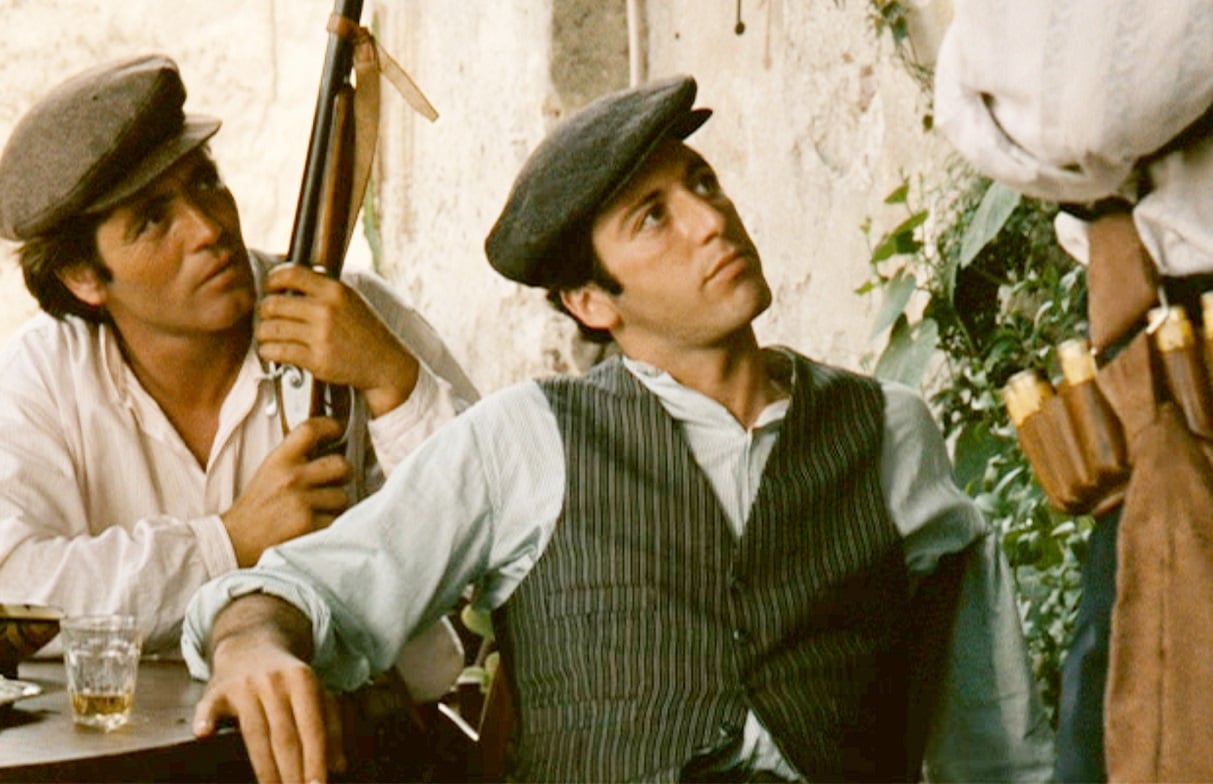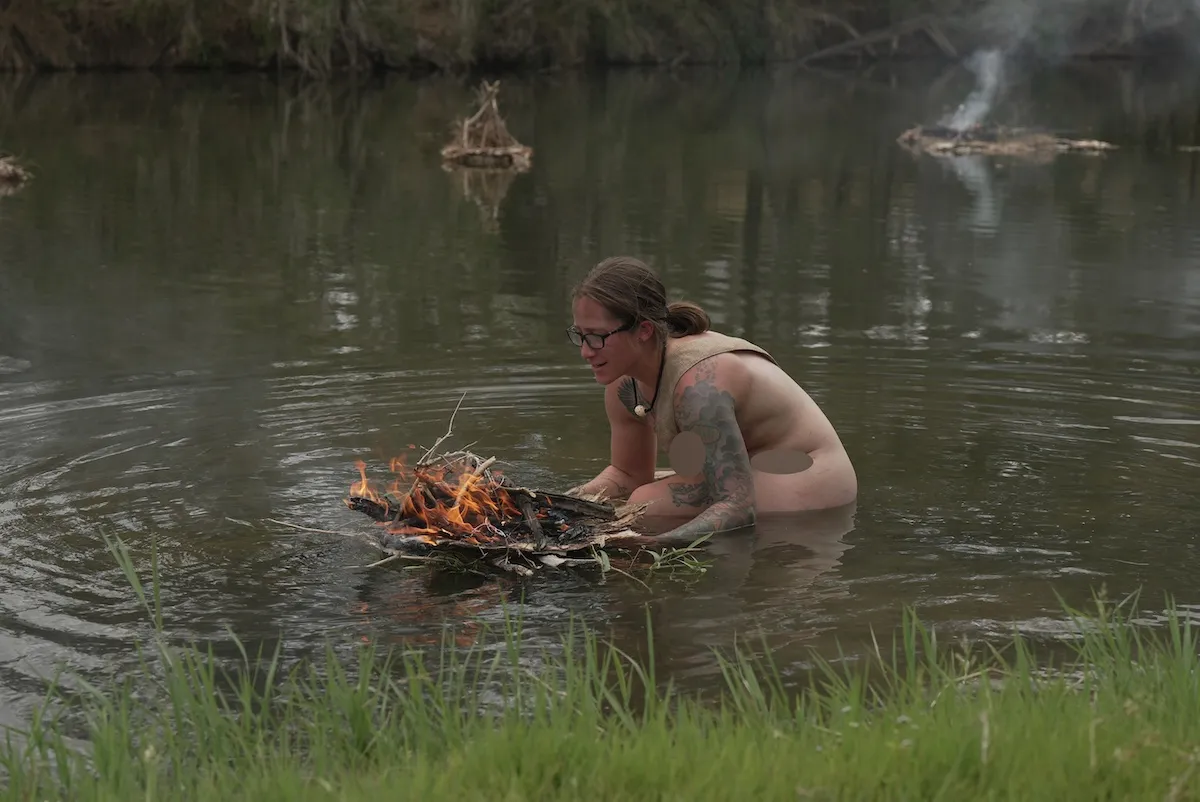‘The Godfather’: Why Paramount Didn’t Want the Sicily Scenes Shot in Italy
Paramount Pictures kept things affordable while bringing The Godfather (1972) to the screen. It began with the acquisition of the Mario Puzo novel at a cost of $12,500. Puzo, desperate for cash at the time, agreed to that deal before he’d written half the book.
Once The Godfather took over national bestseller lists, Paramount production head Robert Evans realized he had gold on his hands. But that didn’t mean studio bosses would pay director Francis Ford Coppola a high salary — they didn’t have to.
Likewise, Paramount got star Marlon Brando — still among the world’s most famous actors — for a remarkably small up-front sum ($50,000). And after shooting a ton of footage for the New York-set scenes, Paramount wanted to continue on its rather frugal path by skipping the Sicily shoot entirely.
Paramount didn’t want to spend money on ‘The Godfather’ scenes in Sicily

If you ever read about the Godfather shoot, you probably heard how Coppola’s job hung in the balance at various points of the production. It started immediately, when Paramount heads began looking at the dailies Coppola had shot.
But Coppola’s job wasn’t safe even after he’d completed the New York shooting. When it came time to pack up and head off to Sicily, Paramount wondered if they couldn’t make do without that element. Couldn’t they find a U.S. location to stand in for Italy?
Coppola insisted on shooting in Sicily, so Paramount considered moving on without him. In the The Godfather Papers and Other Confessions, Puzo recalled speaking with Evans at that time. “Evans wanted to know if the Sicilian sequences were really necessary,” Puzo wrote. “I could tell he wanted me to say no. I said yes.”
The calls didn’t stop there. Evans had a Paramount vice president check back with Puzo. “Peter Bart called me and asked if the Sicilian scenes were really necessary. I said yes,” Puzo recalled. “The money people thought, why spend the money when it might easily be cut from the film?”
Francis Ford Coppola worried he’d have the film taken away from him

It might seem self-destructive for Paramount to consider nixing the marvelous Sicilian segments before they’d even been shot, but that was is normal Hollywood stuff. To Puzo (and most other viewers), the Sicilian sequences made the film work.
Meanwhile, Coppola was worried he’d be taken off the film before he got to make the cut he wanted. That seemed plausible when he made a rough cut prior to the Sicily shoot — Coppola’s cut lasted three hours at that point. And he knew getting fired was a possibility until the final day.
“I just hope that The Godfather isn’t taken away from me in the cutting stage. It could be,” he said at the time (via The Godfather Companion). In the end, Coppola did go over budget, to $6 million. But that stands as entirely affordable (even adjusting for inflation), given the scale of the picture.
Once the box office receipts started getting counted, Paramount stopped whining about the budget and started wondering how much it would have to pay everyone in points. The Godfather was a massive hit and grossed over $26 million its first month in theaters. Whoever hadn’t gotten rich on the first one, did so on the sequel.


